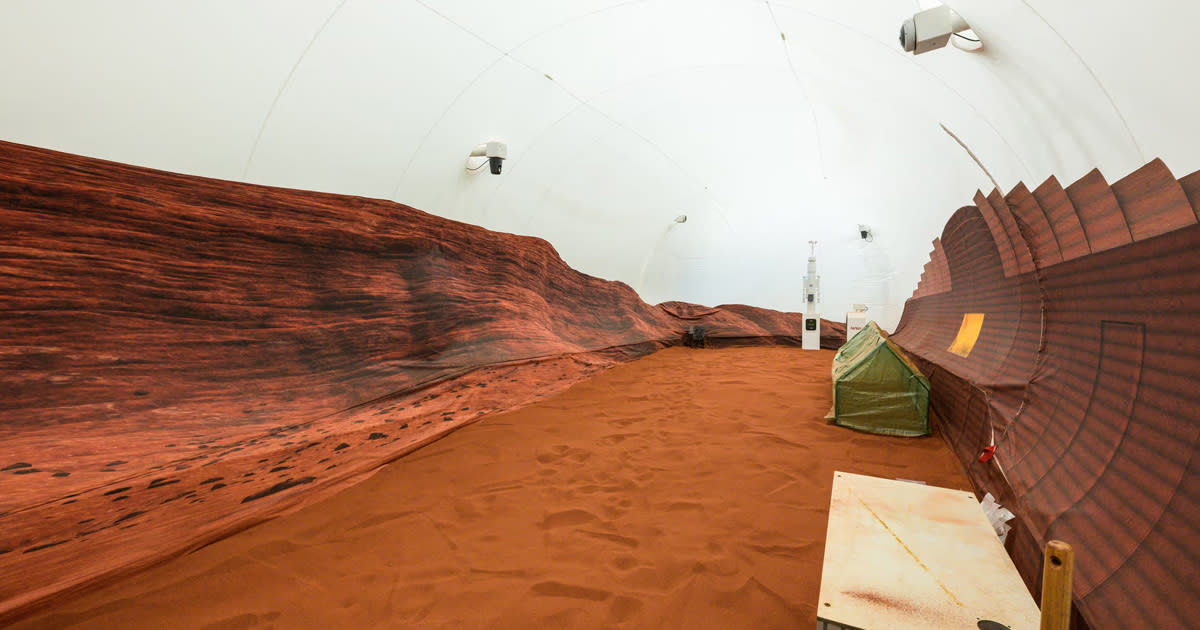Crew Who Spent a Year in Simulated NASA Mars Base Say They Spent a Lot of Time Watching TV

Killing Time
Trapped in a small but high-tech habitat, stranded on a cold desert world completely alien to our own, what would you do to decompress after a laborious day of scientific fact-finding and on-foot exploration?
Thanks to NASA's simulated Mars habitat experiment — the Crew Health and Performance Exploration Analog (CHAPEA) mission — we just might have an answer.
According to Anca Selariu, a microbiologist who was one of the four participants who lived inside a 3D-printed mock-up of a Mars base for 378 days straight without any access to the outside world, the crew's downtime consisted of "a lot of TV and reading downloaded," she told The Guardian.
To keep sane, Selariu also tried to improve her drawing chops. "I cannot claim I've been successful," she added.
We also know that the habitat came with a PlayStation 4 and board games like Starfarers of Catan — and we're eagerly awaiting for one of these brilliant minds to own up to indulging in these guilty pleasures.
Stress Test
These are funny little details about life as an off world settler — but they're also important insights to NASA, which will want to ensure the wellbeing of astronauts who will have to work together to survive on Mars or other worlds for possibly years at a time.
During their stint in the habitat, the quasi-colonists were expected to grow their own food and manage their own limited supplies. They also had to contend with realistic time-delays — about 44 minutes roundtrip — when communicating with Earth.
On top of all that, the participants were forced to fully suit up every time they left their relatively small building, Dune Alpha, to go on expeditions, which included simulated "Marswalks," and a host of scientific objectives they were expected to complete. Mission managers would even introduce stressful scenarios to observe how the crew would react, like supply shortages and equipment failures.
"The study integrates all sorts of data from the behavioral and team dynamic perspective," Selariu told The Guardian, "and the question was not necessarily can a human withstand isolation and confinement as will be found on Mars, but rather, 'how we will adjust?'"
Bond Building
For her part, Selariu found the experience "absolutely exhilarating." And fortunately, it seems like the rest of the gang did, too.
"We were an incredibly functional crew and very cohesive, and there were many moments that we cherished together," Selariu told The Guardian. "Of course, sometimes you realize you're not around friends and family, but you do feel the support from everybody on the ground."
NASA is planning to carry out two more one-year CHAPEA missions, with the next slated to start in 2025.
"The CHAPEA missions are critical to developing the knowledge and tools needed for humans to one day live and work on the red planet," said NASA administrator Bill Nelson in a statement after the crew completed the mission earlier this month.
More on living on Mars: NASA Watching as Sun Blasts Mars to See Effect on Astronauts

